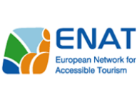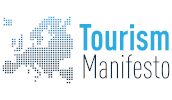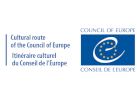1. What year was the Association of Authorised Tourist Guides in Denmark established, and where is the headquarters?
The Association of Authorised Tourist Guides in Denmark was established back in 1933. The office is in Copenhagen, the capital in the Kingdom of Denmark. Today, we have 258 members speaking 25 different languages.
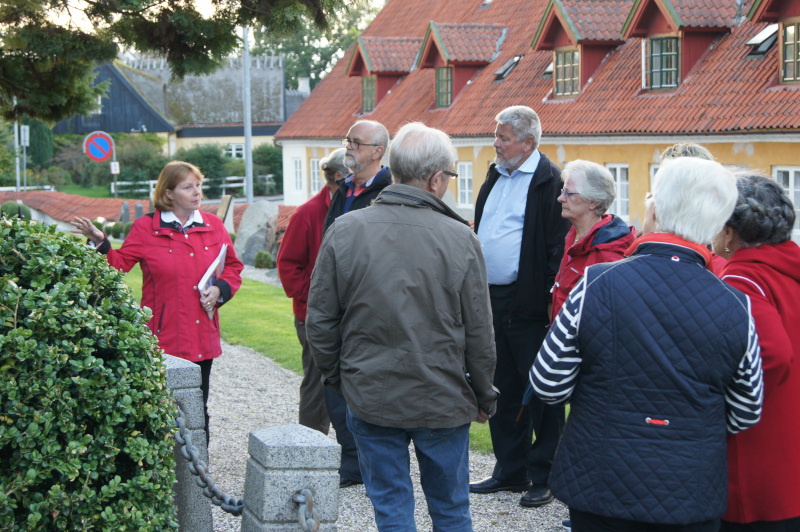 Asminderød Kirkegård muligt foto til FEG fra Henriette © Turistførerforeningen
Asminderød Kirkegård muligt foto til FEG fra Henriette © Turistførerforeningen
2. What is the primary mission/goal of the Association of Authorised Tourist Guides in Denmark?
The association serves as the trade union for qualified tourist guides in Denmark. It seeks to represent members in matters related to the tourism sector and promote the profession towards other partners in the industry, such as tourism organisations, travel agents and politicians. It also works towards ensuring a high level of training and qualification among tourist guides to the benefits of visitors to Denmark, groups and individual travelers alike. On an international level, it also works with FEG and WFTGA.

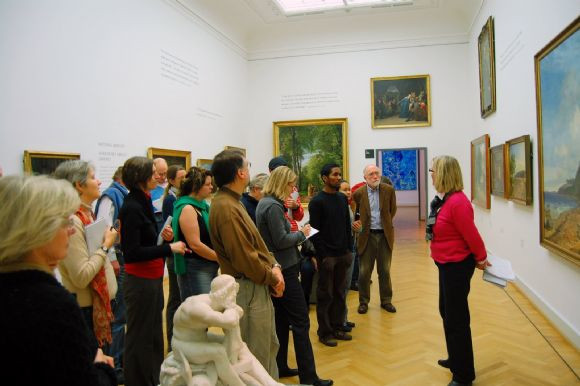 Museum Guiding © Turistførerforeningen
Museum Guiding © Turistførerforeningen




